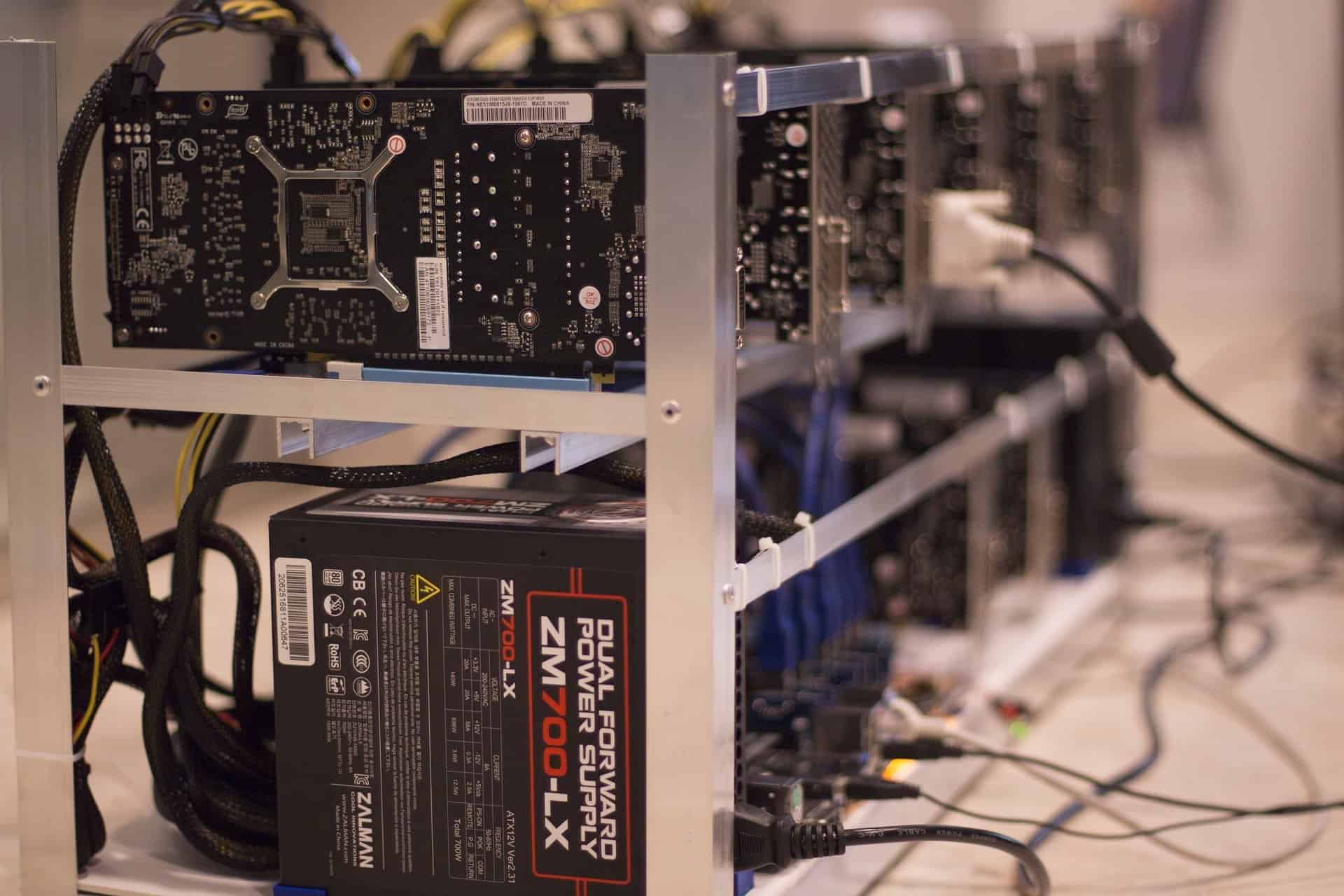The explosive growth in cryptocurrencies over the past year has also fueled interest in crypto mining — or receiving crypto tokens for verifying blocks of transactions. But mining is typically beyond the reach of many regular people as powerful and expensive equipment such as application-specific integrated circuits (ASICs) — plus electricity for powering mining machines — are required for mining competitively.
Despite the recent market correction, Ethereum has seen an exponential increase in the price of its native cryptocurrency Ether this year. Ether started 2021 at US$739 and surged to an all-time high of US$4,357 on May 12, according to CoinGecko data.
Singapore-based derivatives cryptocurrency exchange Bybit is launching today mining-as-a-service for Ethereum, which aims to make crypto mining accessible to more people.
“We are really excited to introduce Bybit Cloud Mining, and think it is an ideal solution for users who are interested in crypto mining but don’t want to be bogged down by the hassle of operations and hardware maintenance,” said Bill Xing, head of financial products at Bybit, in a company statement. “With Bybit Cloud Mining, all that users have to do is to purchase the amount of hashrate they want and sit back to see ETH harvested directly ‘from the cloud.’”
Bybit’s cloud mining — the first of its ByFi product suite — aims to provide a convenient way for crypto mining by offering hashing power, or hash rate, to a data center with shared computing power to mine Ether. Users can access Ethereum mining from US$100, and will not need to worry about hardware, operations and maintenance costs including electricity bills.
According to Bybit, users can choose from seven-, 21- or 42-day plans, and the service will be instantly available upon purchase with any downtime covered by Bybit. Users will purchase the hash power using the Tether stablecoin (USDT) and earn in Ether, the native cryptocurrency of the Ethereum blockchain.
“People will get a return based on their Ether mining products and from the appreciation of the underlying asset,” said Igneus Terrenus, Bybit’s head of communications, in an interview with Forkast.News.
He added that there’s been growing momentum around Ethereum in recent months with gas prices going down following the Berlin upgrade, the upcoming London upgrade and EIP-1559 promising to further reduce gas costs, and increasing institutional adoption of Ethereum, such as the European Investment Bank issuing bonds on Ethereum. Bybit, which launched Ether futures contracts last week, hopes to provide its customers with more options for exposure to Ether, the second-largest cryptocurrency by market value.
“There’s always ups and downs in any asset class. So say in the remote future, there is a short-term bearish market for Ether, then perhaps the returns are not guaranteed in U.S. dollar terms,” Terrenus said. “But return is always sort of like guaranteed in Ether terms if you denominate everything in Ether.”
More environmentally friendly way of crypto mining
Apart from offering people with another form of exposure to Ether, cloud mining could also be a more environmentally friendly option for crypto-mining, a sector that has come increasingly under attack for its continued reliance on coal power and still-enormous carbon footprint. “We have multiple mining sites and we have tried to be as green as possible. All of our mining power, hash power, uses non-carbon energy sources,” Terrenus said.
“Instead of having everything in one place, which will require a larger power output and maybe some of the less environmentally friendly energy sources, we looked for areas with energy surplus and where there are renewable resources that we can tap into,” Terrenus said. “This energy, if we don’t use it, it goes to waste anyway. So we thought this is a good win-win scenario for everyone involved.”
Nonetheless, there have been concerns about crypto cloud mining scams in the past, and Terrenus says that as the industry and regulation matures, more responsible players are entering the fray. “We’re bringing Bybit’s backing to this industry of cloud mining and making sure that as a responsible player, as a larger player, we’re able to give customers the reliability and the quality that they’ve come to expect from Bybit,” he added.
What happens when Ethereum moves from proof of work to proof of stake
Ethereum will be completing its transition to proof of stake in the coming months. According to Terrenus, Bybit will have staking and DeFi yield farming products soon. “The move from proof of work to proof of stake is going to be gradual, estimated to happen through 2023,” Terrenus said. “We will offer a mixture of mining and staking products during that process.”
Ethereum miners presently consume 44.49 TWh per year, which works out to 5.13 gigawatt on a continuing basis, according to Digiconomist estimates.
According to an Ethereum Foundation blog post by Carl Beekhuizen this month, a proof-of-work Ethereum consumes the energy equivalent of a medium-sized country like Portugal. In contrast, a proof-of-stake Ethereum consumes approximately 2.62 megawatt — not on the scale of a country but that of a small town of around 2,100 American homes. A proof-of-stake Ethereum is estimated to be about 2,000 times more energy efficient, with at least 99.95% reduction in total energy.
“While Ethereum continues to use PoW for now, that won’t be the case for much longer. In the past few weeks, we have seen the emergence of the first testnets for The Merge, the name given to the moment Ethereum switches to from PoW to PoS,” Beekhuizen wrote, adding that scaling solutions such as rollups and sharding will help further decrease the energy consumed per-transaction by leveraging economies of scale.
“Ethereum’s power-hungry days are numbered, and I hope that’s true for the rest of the industry too,” Beekhuizen wrote.





